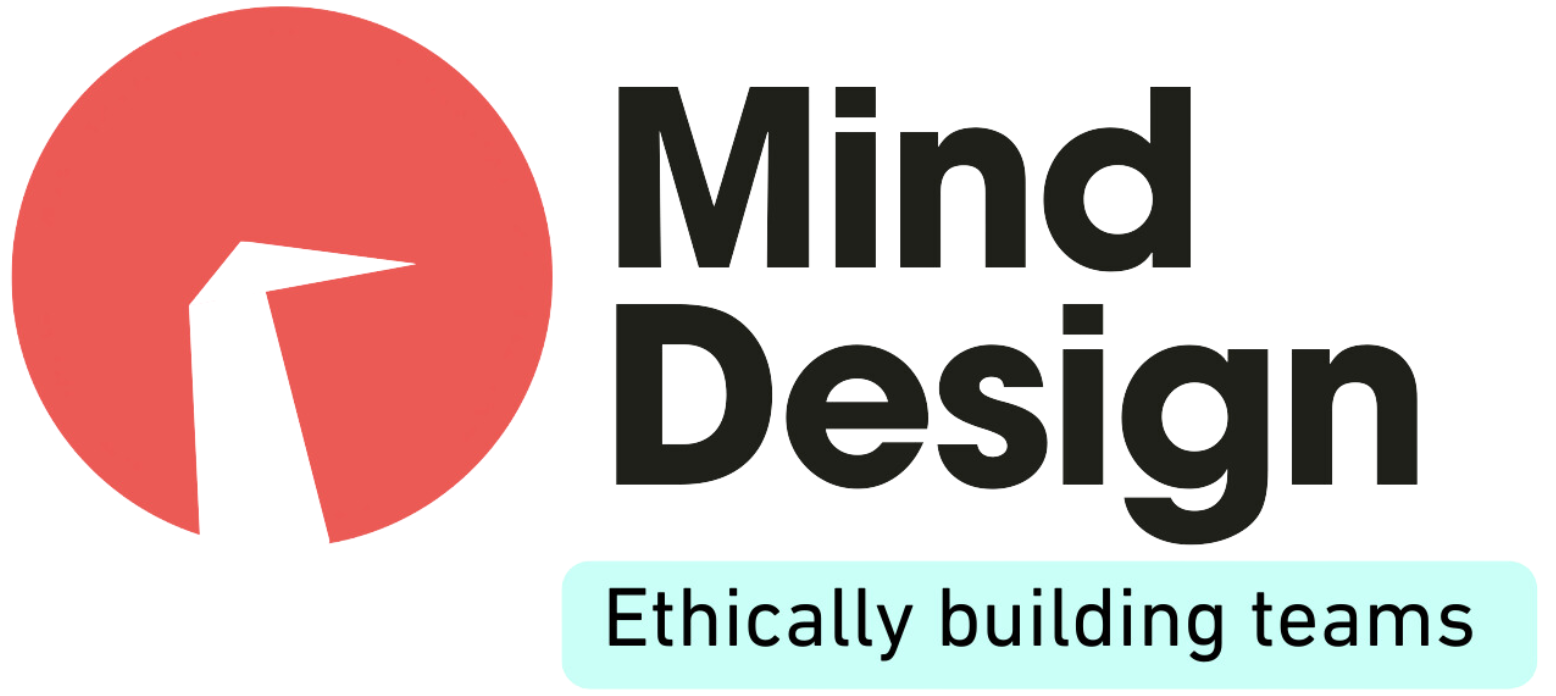It's fascinating how role changes and resource allocation play such a pivotal role in shaping our company's future and driving innovation.
This isn't merely about strategies or statistics—it's about the real people whose journeys shape our organization.
This isn't merely about strategies or statistics—it's about the real people whose journeys shape our organization.
Maximizing Impact: The Dynamic Workforce Strategy
Research reveals that the frequency of role changes or direction of activity within high-tech companies varies significantly.
Over the past five years, companies in this sector have witnessed an average employee rotation rate of approximately 15% annually.
This indicates a relatively high level of movement and flexibility within the workforce, highlighting the industry's dynamic nature and the value placed on diverse skill sets.
Interestingly, 20% of these changes are lateral moves, a clear indicator of our belief in the value of cross-functional experience.
Over the past five years, companies in this sector have witnessed an average employee rotation rate of approximately 15% annually.
This indicates a relatively high level of movement and flexibility within the workforce, highlighting the industry's dynamic nature and the value placed on diverse skill sets.
Interestingly, 20% of these changes are lateral moves, a clear indicator of our belief in the value of cross-functional experience.
18-24 Months: The Optimal Period for High-Impact Role Transitions
The typical duration of these transitions—18 to 24 months. This period allows people to dive deep into their roles, learn the ropes, and make significant contributions.
Striking this balance helps prevent excessive disruption while promoting the growth and versatility of employees.
A survey of 50 leading high-tech firms revealed that 70% prefer a minimum tenure of 18 months before considering a promotion or lateral move, reaffirming that we are on the right path.
Striking this balance helps prevent excessive disruption while promoting the growth and versatility of employees.
A survey of 50 leading high-tech firms revealed that 70% prefer a minimum tenure of 18 months before considering a promotion or lateral move, reaffirming that we are on the right path.

The Innovation Boost: Why Role Rotation Matters
The impact of role rotation and promotion is profound and multi-dimensional. It's not just about shifting people around.
When employees rotate roles, they broaden their skill sets and gain exposure to different business aspects.
This cross-functional experience enhances their problem-solving capabilities and facilitates the transfer of best practices.
Research shows that employees who rotate roles are 25% more likely to implement innovative solutions.
Innovation is the lifeblood of our industry, and role rotation is a powerful driver of it. Diverse perspectives brought by employees with varied experiences stimulate creative thinking and innovation.
When employees rotate roles, they broaden their skill sets and gain exposure to different business aspects.
This cross-functional experience enhances their problem-solving capabilities and facilitates the transfer of best practices.
Research shows that employees who rotate roles are 25% more likely to implement innovative solutions.
Innovation is the lifeblood of our industry, and role rotation is a powerful driver of it. Diverse perspectives brought by employees with varied experiences stimulate creative thinking and innovation.
Strategic Resource Allocation: The Key to High-Tech Growth
To flexibly and correctly allocate resources based on new business processes, high-tech companies adopt several approaches:
These evaluations provide insights into their skills and aspirations. It's clear that these evaluations are essential in nurturing our talent and aligning it with our organizational goals.
These programs reduce turnover rates by 20%, as they provide clear progression opportunities and a sense of purpose.
Transparent discussions allow employees to voice their interests and aspirations, enabling tailored career pathways that align with business needs.
This foresight is crucial in maintaining our momentum and mitigating potential disruptions.
- Regular assessments and evaluations identify high-performing individuals with potential for growth and equip the organization with insights into individual skill sets, aspirations, and suitability for various roles. 85% of high-tech companies use assessments to guide rotation and promotion decisions.
These evaluations provide insights into their skills and aspirations. It's clear that these evaluations are essential in nurturing our talent and aligning it with our organizational goals.
- Structured career development programs are another cornerstone of our strategy. Developing career pathways that emphasize both vertical growth and lateral moves fosters loyalty and engagement.
These programs reduce turnover rates by 20%, as they provide clear progression opportunities and a sense of purpose.
- Transparent communication between leadership, HR, and employees about organizational goals and rotation opportunities is vital.
Transparent discussions allow employees to voice their interests and aspirations, enabling tailored career pathways that align with business needs.
- Succession planning is another critical aspect. Implementing a clear succession planning framework ensures the seamless transfer of skills and knowledge during transitions. Companies with formal succession plans reduce transition-related disruptions by 40%, ensuring continuity and stability.
This foresight is crucial in maintaining our momentum and mitigating potential disruptions.
Rotation and promotion strategies in high-tech companies are crucial for fostering a dynamic workforce and driving business growth. By understanding the frequency of role changes, the average duration of transitions, and their impact on the organization, companies can implement effective allocation strategies.
Rigorous talent evaluation, structured career development programs, transparent communication, and succession planning are key tools in ensuring a flexible and successful employee rotation and promotion framework.
With these approaches in place, high-tech companies can harness the full potential of employee skills, foster innovation, and maintain a competitive edge in the industry.
Rigorous talent evaluation, structured career development programs, transparent communication, and succession planning are key tools in ensuring a flexible and successful employee rotation and promotion framework.
With these approaches in place, high-tech companies can harness the full potential of employee skills, foster innovation, and maintain a competitive edge in the industry.

